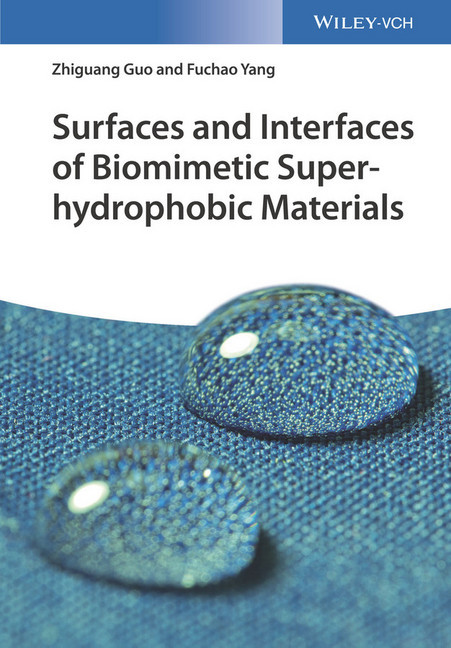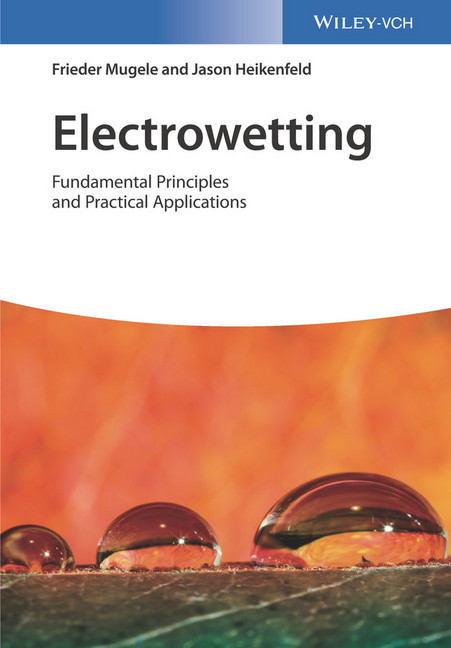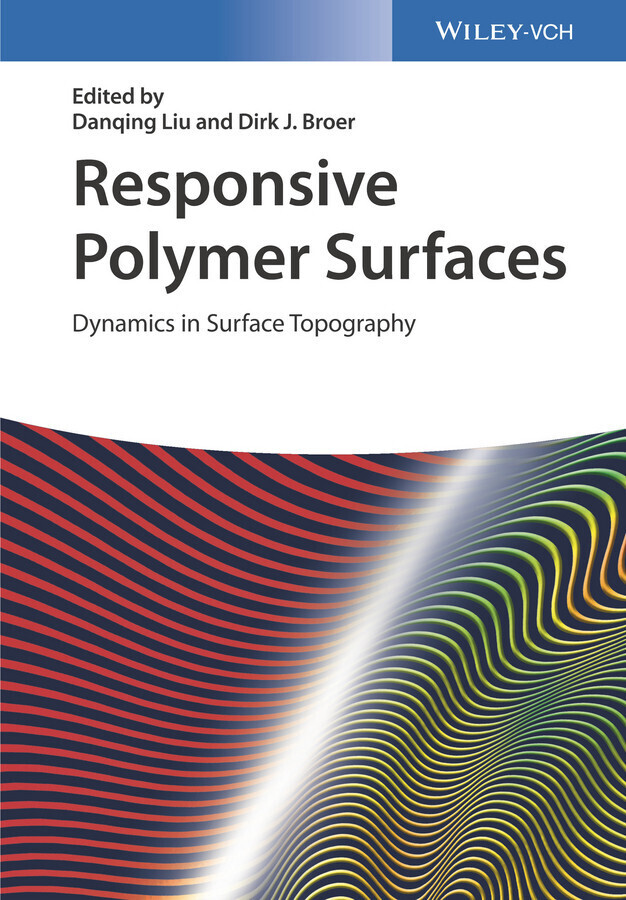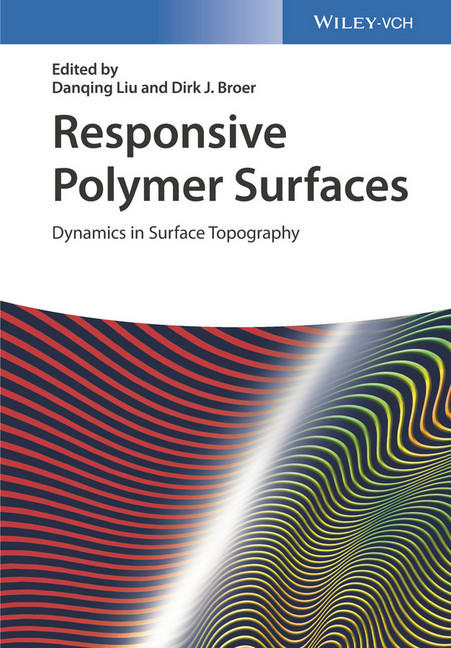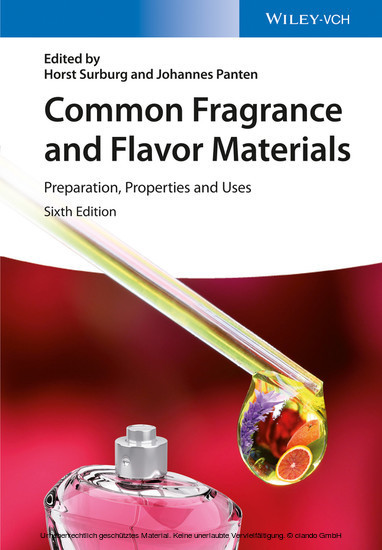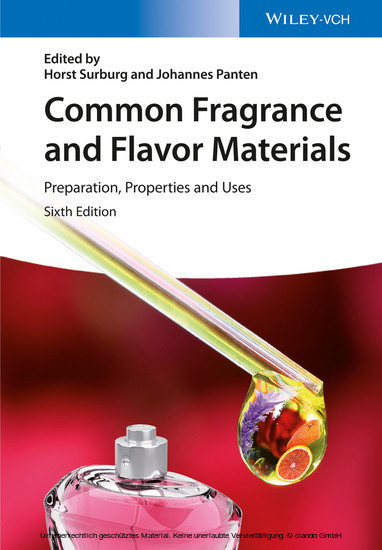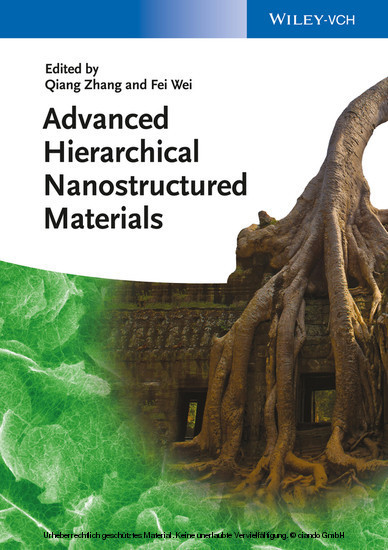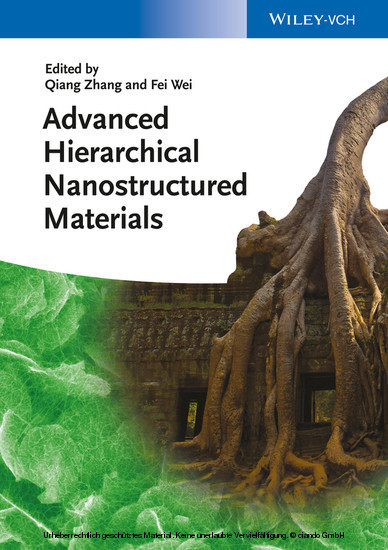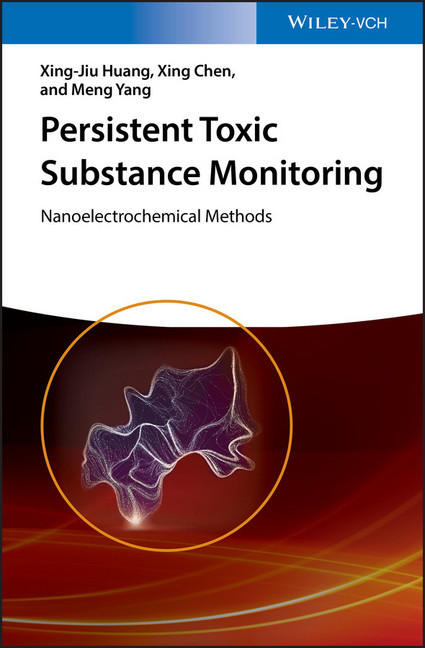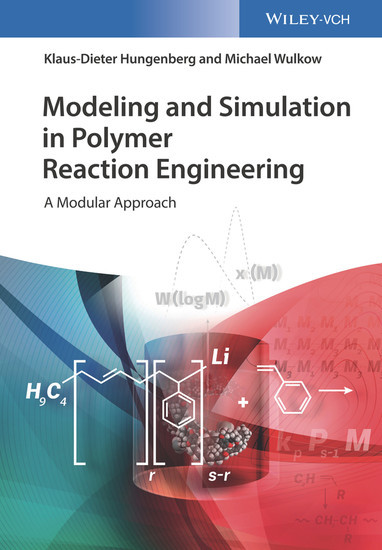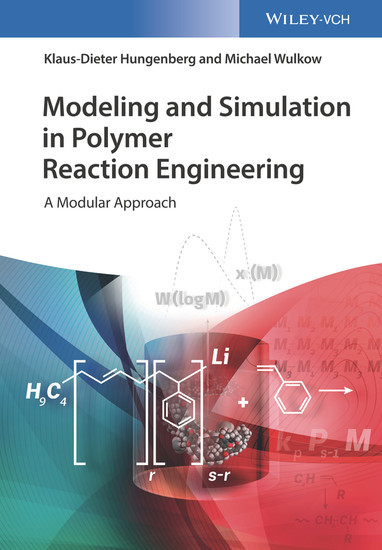Surfaces and Interfaces of Biomimetic Superhydrophobic Materials
A comprehensive and systematic treatment that focuses on surfaces and interfaces phenomena inhabited in biomimetic superhydrophobic materials, offering new fundamentals and novel insights.
As such, this new book covers the natural surfaces, fundamentals, fabrication methods and exciting applications of superhydrophobic materials, with particular attention paid to the smart surfaces that can show switchable and reversible water wettability under external stimuli, such as pH, temperature, light, solvents, and electric fields. It also includes recent theoretical advances of superhydrophobic surfaces with regard to the wetting process, and some promising breakthroughs to promote this theory.
As a result, materials scientists, physicists, physical chemists, chemical engineers, and biochemists will benefit greatly from a deeper understanding of this topic.
Professor Zhiguang Guo received his PhD degree from Lanzhou Institute of Chemical Physics (LICP), Chinese Academy of Sciences (CAS) in 2007. After that, he joined Hubei University. From October 2007 to August 2008, he worked at University of Namur, Belgium, as a post-doctoral research fellow. From September 2008 to March 2011, he worked at the Funds of National Research Science, Belgium, as a 'Charge de Researcher'. During February 2009 to February 2010, he worked at the Department of Physics, University of Oxford, UK, as a visiting scholar. Currently, he is a full Professor at LICP financed by the 'One Hundred Talented People' program of CAS and the 'Excellent Youth Foundation' of National Natural Science Foundation of China. In 2014, he obtained the award of 'Shizhu Wen' in Tribology, and in 2015 he obtained the National Natural Science Prize of China (Second Class) and in 2016, he obtained the 'Outstanding Youth Award' of International Society of Bionic Engineering. Now, he is an associate editor of RSC Advances, and the editorial board member of Journal of Bionic Engineering and Chemistry Letters. To date, he has published more than 140 papers focusing on the surfaces and interfaces of superhydrophobic materials with more than 3000 times citations and H index 31.
Dr Fuchao Yang received his Master degree from College of Physics and Electronic Engineering at Northwest Normal University in 2013. Since then he joined Prof. Zhiguang Guo's group at LICP to pursue his PhD degree. From July 2016, he is a lecture in Hubei University. His research interest is focused on the wetting behavior of superhydrophobic surfaces and fabricating surfaces with micro- and nano-structures applied for functional nanomaterials.
As such, this new book covers the natural surfaces, fundamentals, fabrication methods and exciting applications of superhydrophobic materials, with particular attention paid to the smart surfaces that can show switchable and reversible water wettability under external stimuli, such as pH, temperature, light, solvents, and electric fields. It also includes recent theoretical advances of superhydrophobic surfaces with regard to the wetting process, and some promising breakthroughs to promote this theory.
As a result, materials scientists, physicists, physical chemists, chemical engineers, and biochemists will benefit greatly from a deeper understanding of this topic.
Professor Zhiguang Guo received his PhD degree from Lanzhou Institute of Chemical Physics (LICP), Chinese Academy of Sciences (CAS) in 2007. After that, he joined Hubei University. From October 2007 to August 2008, he worked at University of Namur, Belgium, as a post-doctoral research fellow. From September 2008 to March 2011, he worked at the Funds of National Research Science, Belgium, as a 'Charge de Researcher'. During February 2009 to February 2010, he worked at the Department of Physics, University of Oxford, UK, as a visiting scholar. Currently, he is a full Professor at LICP financed by the 'One Hundred Talented People' program of CAS and the 'Excellent Youth Foundation' of National Natural Science Foundation of China. In 2014, he obtained the award of 'Shizhu Wen' in Tribology, and in 2015 he obtained the National Natural Science Prize of China (Second Class) and in 2016, he obtained the 'Outstanding Youth Award' of International Society of Bionic Engineering. Now, he is an associate editor of RSC Advances, and the editorial board member of Journal of Bionic Engineering and Chemistry Letters. To date, he has published more than 140 papers focusing on the surfaces and interfaces of superhydrophobic materials with more than 3000 times citations and H index 31.
Dr Fuchao Yang received his Master degree from College of Physics and Electronic Engineering at Northwest Normal University in 2013. Since then he joined Prof. Zhiguang Guo's group at LICP to pursue his PhD degree. From July 2016, he is a lecture in Hubei University. His research interest is focused on the wetting behavior of superhydrophobic surfaces and fabricating surfaces with micro- and nano-structures applied for functional nanomaterials.
1;Cover;1 2;Title Page;5 3;Copyright;6 4;Contents;7 5;Preface;13 6;Chapter 1 Introduction for Biomimetic Superhydrophobic Materials;17 6.1;1.1 Water Harvesting;18 6.2;1.2 Self-Cleaning;22 6.3;1.3 Corrosion Resistance;25 6.4;1.4 Photochromism;29 6.5;1.5 Robust and Durable Superhydrophobic Materials;31 6.6;1.6 Transparent and Conductive Superhydrophobic Film;32 6.7;1.7 Anti-fingerprint Superhydrophobic Film;34 6.8;1.8 Anti-icing Ability;34 6.9;1.9 Summary;36 6.10;References;38 7;Chapter 2 Superhydrophobic Surfaces from Nature and Beyond Nature;41 7.1;2.1 Superhydrophobic Plant Surfaces in Nature;42 7.1.1;2.1.1 Lotus Leaf;42 7.1.2;2.1.2 Salvinia;43 7.1.3;2.1.3 Petal;45 7.2;2.2 Superhydrophobic Surfaces of Animals in Nature;47 7.2.1;2.2.1 Springtail;47 7.2.2;2.2.2 Fish Scale;47 7.2.3;2.2.3 Shark Skin;49 7.2.4;2.2.4 Snail Shell;49 7.2.5;2.2.5 Mosquito Eyes;49 7.2.6;2.2.6 Clam's Shell;49 7.3;2.3 Chemical Composition of Plant and Animal Surfaces;50 7.4;2.4 Inspired and Beyond Superhydrophobicity: from Natural to Biomimetic Structures;54 7.4.1;2.4.1 Inspired by Natural Superhydrophobic Surfaces;54 7.4.2;2.4.2 Biomimetic Superhydrophobic Materials;56 7.4.2.1;2.4.2.1 Lotus?Leaf?Like Surface with Superhydrophobicity and Self?Cleaning;56 7.4.2.2;2.4.2.2 Salvinia?Like Surface with Superhydrophobicity and Air Retention;58 7.4.2.3;2.4.2.3 Petal?Like Surface with Superhydrophobicity and Special Adhesion;59 7.5;2.5 Summary;62 7.6;References;63 8;Chapter 3 Advances in the Theory of Superhydrophobic Surfaces and Interfaces;75 8.1;3.1 Basic Theories: Contact Angle and Young's Equation;76 8.2;3.2 Wenzel Model: Adaptability and Limitations;78 8.3;3.3 Cassie-Baxter Model: Adaptability and Limitations;80 8.4;3.4 Improved Models;82 8.4.1;3.4.1 Hierarchical Structure;82 8.4.2;3.4.2 Fractal Structure;84 8.4.3;3.4.3 Contact Angle Hysteresis;85 8.4.4;3.4.4 Generalized Models of Wenzel and Cassie-Baxter;88 8.5;3.5 Cassie-Wenzel and Wenzel-Cassie Transitions on Superhydrophobic Surfaces;90 8.5.1;3.5.1 The Influencing Factors of the Transitions;91 8.5.2;3.5.2 Cassie-Wenzel Transition;91 8.5.3;3.5.3 Wenzel-Cassie Transition;92 8.5.4;3.5.4 Analyzing Transitions from Thermodynamic and Kinetic Points of View;92 8.6;3.6 Summary;93 8.7;References;93 9;Chapter 4 Fabrications of Noncoated Superhydrophobic Surfaces and Interfaces;101 9.1;4.1 Etching Method;103 9.2;4.2 Lithography;105 9.3;4.3 Anodization;108 9.4;4.4 Laser Processing;109 9.5;4.5 Sol-Gel Process;111 9.6;4.6 Electrodeposition;113 9.7;4.7 Hydrothermal Method;117 9.8;4.8 Direct Reproduction;119 9.9;4.9 Other Fabrication Methods;120 9.10;4.10 Summary;121 9.11;References;122 10;Chapter 5 Biomimetic Superhydrophobic Nanocoatings: From Materials to Fabrications and to Applications;133 10.1;5.1 Materials for Nanocoatings;134 10.1.1;5.1.1 Inorganic Materials;134 10.1.2;5.1.2 Organic Materials;138 10.1.3;5.1.3 Inorganic-Organic Hybrid Materials;139 10.2;5.2 Fabrications of Superhydrophobic Nanocoatings;139 10.2.1;5.2.1 Sol-Gel Processes;139 10.2.2;5.2.2 Chemical Vapor Deposition;140 10.2.3;5.2.3 Spray Process;141 10.2.4;5.2.4 Electrospinning Process;142 10.2.5;5.2.5 Electrodeposition;142 10.2.6;5.2.6 Solution Immersion Process;143 10.2.7;5.2.7 Others Techniques;144 10.3;5.3 Biomimetic Transparent and Superhydrophobic Coating;144 10.3.1;5.3.1 The Two Competitive Characters: Transparency and Superhydrophobicity;145 10.3.2;5.3.2 Various Materials for Transparent and Superhydrophobic Surfaces;146 10.3.2.1;5.3.2.1 Inorganic Materials;146 10.3.2.2;5.3.2.2 Organic Material Polymers;154 10.3.2.3;5.3.2.3 Hybrid Materials;159 10.3.3;5.3.3 Potential Applications;160 10.4;5.4 Summary;162 10.5;References;164 11;Chapter 6 Adhesion Behaviors on Superhydrophobic Surfaces and Interfaces;177 11.1;6.1 Liquid-Solid Adhesion of Superhydrophobic Surfaces;178 11.1.1;6.1.1 Surfaces with Special Adhesion in Nature;178 11.1.2;6.1.2 Artificial Superhydrophobic Surfaces with Special Adhesion;180 11.1.3;6.1.3 Switchable Liquid-Solid Adhesion
| ISBN | 9783527806713 |
|---|---|
| Artikelnummer | 9783527806713 |
| Medientyp | E-Book - PDF |
| Copyrightjahr | 2017 |
| Verlag | Wiley-VCH |
| Umfang | 400 Seiten |
| Sprache | Englisch |
| Kopierschutz | Adobe DRM |

